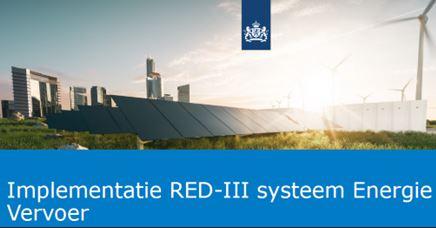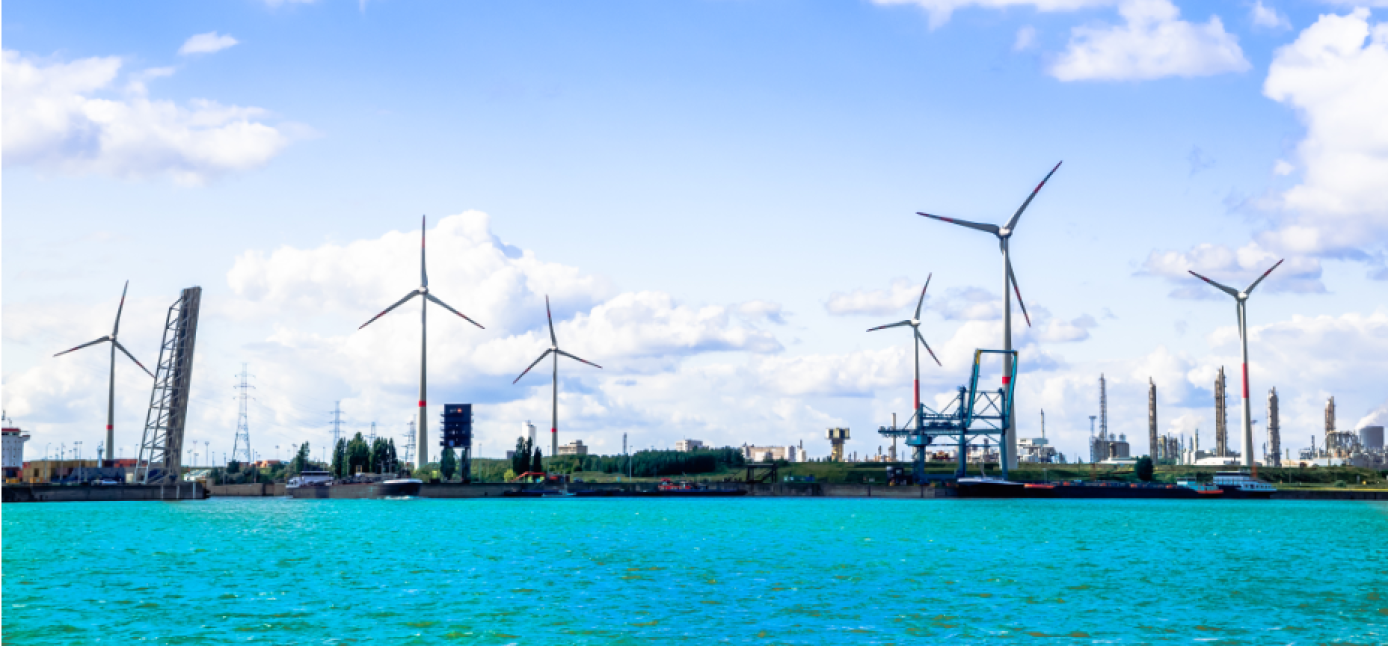
Proposal for the implementation of REDIII for transport in the Netherlands
The Dutch ministry of Infrastructure and Water Management has informed the House of Representatives about their proposed implementation of the REDIII transport targets.
The REDIII allows the member state to choose between a target on the share of renewable energy consumed in transport (target 2030 is 29%) or a CO2 reduction target of 14,5% by 2030. The Netherlands proposes to choose for the second option i.e. a CO2 reduction, over the full chain, from well to wheel.
In practical terms, switching to chain emission reduction steering means that renewable fuel units (HBEs) that were already implemented in the NL as a result of the REDII, will be replaced by emission reduction units (EREs). Whereas one HBE represented one gigajoule of delivered renewable energy represented, one ERE will represent one kilogram of chain emissions saved.
Specific reduction targets for the different transport sectors have been defined, i.e. land (road, mobile and agricultural machinery, pleasure craft), (ii) inland navigation, (iii) maritime navigation and (iv) aviation. Tradeable ‘Energy Reduction Credits’ will facilitate the implementation of the targets for the fuel suppliers.
Renewable hydrogen consumed in refineries (‘The refinery route’) will also result in tradeable reduction credits, however, to stimulate direct use of hydrogen and other RFNBO’s a correction factor will be applied to limit the contribution of the refinery route to the overall reduction target.
The new Energy Transport will take effect on January 2026.

